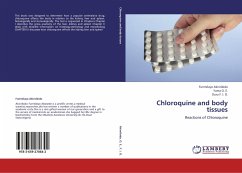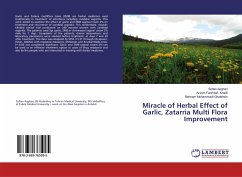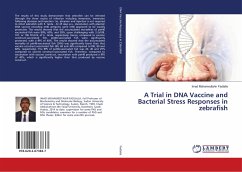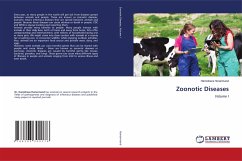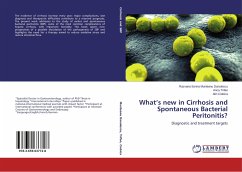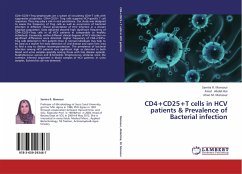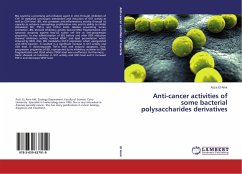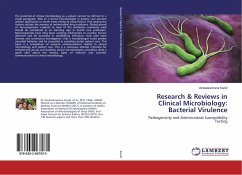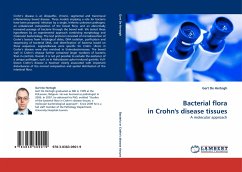
Bacterial flora in Crohn''s disease tissues
A molecular approach
Versandkostenfrei!
Versandfertig in 6-10 Tagen
52,99 €
inkl. MwSt.

PAYBACK Punkte
26 °P sammeln!
Crohn s disease is an idiopathic, chronic, segmental and transmural inflammatory bowel disease. Three models implying a role for bacteria have been proposed: infection by a single, hitherto unknown pathogen; an unbalanced composition of the bowel flora; and an abnormally increased passage of bacteria through the bowel wall. We tested these hypotheses by an experimental approach combining morphology and molecular bacteriology. The test protocol consisted of microdissection of Crohn s lesions from histological slides, DNA isolation, purification and sequencing of bacterial DNA, and identificatio...
Crohn s disease is an idiopathic, chronic, segmental and transmural inflammatory bowel disease. Three models implying a role for bacteria have been proposed: infection by a single, hitherto unknown pathogen; an unbalanced composition of the bowel flora; and an abnormally increased passage of bacteria through the bowel wall. We tested these hypotheses by an experimental approach combining morphology and molecular bacteriology. The test protocol consisted of microdissection of Crohn s lesions from histological slides, DNA isolation, purification and sequencing of bacterial DNA, and identification of bacteria based on these sequences. Legionellaceae were specific for Crohn. Ulcers in Crohn s disease were also enriched in Enterobacteriaceae. The bowel wall in Crohn s disease further contained larger numbers of bacteria than in controls. Overall, it is not yet possible to exclude the existence of a unique pathogen, such as in Helicobacter pylori-induced gastritis. Full-blown Crohn s disease is however clearly associated with important disturbances of the normal composition and spatial distribution of the intestinal flora.



